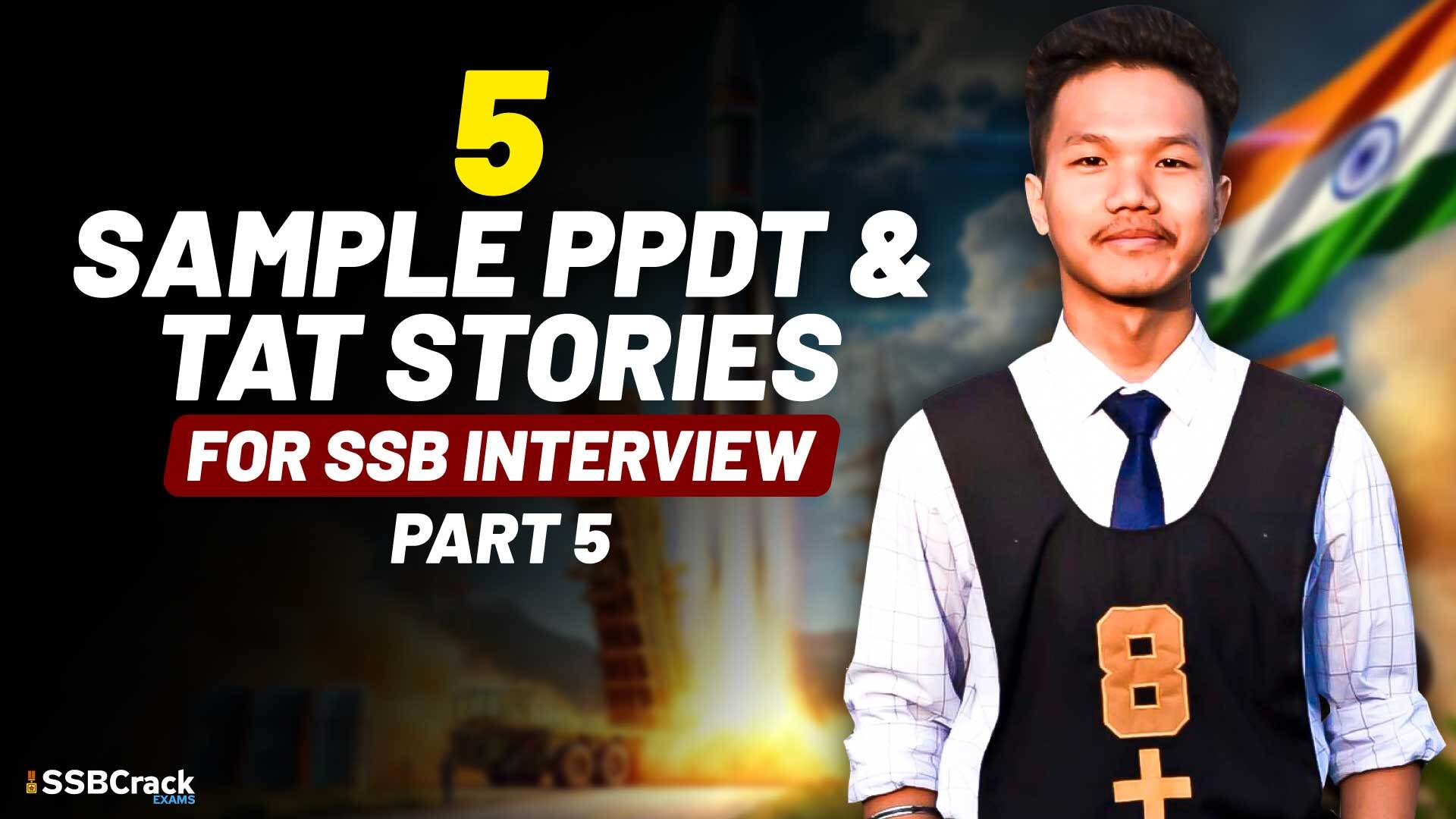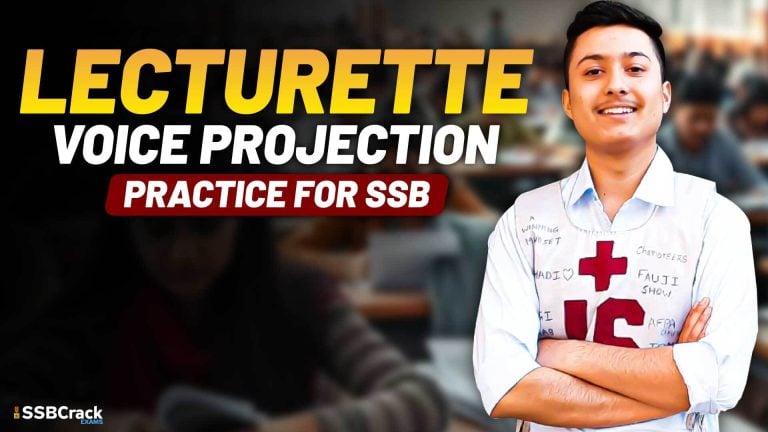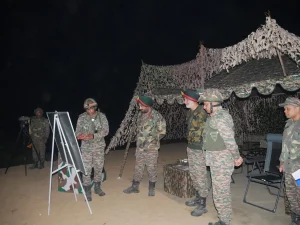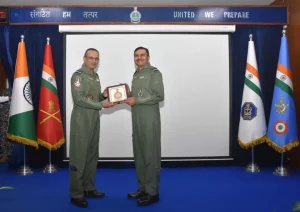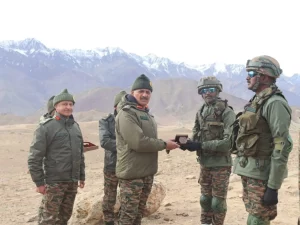Picture Perception and Discussion Test (PPDT) in SSBs is conducted on Day-1 and is the second objective of Stage-I tests. PPDT is a screening test which is almost an elimination test of the candidate. It is conducted to know about the imagination power and description ability of a candidate within a limited time allotted.
Thematic Apperception Test (TAT) is one the psychologist tests conducted on Day-2 of the SSB. It is one of the Stage-II tests; candidates who get screened-in, are retained for stage 2 testing. This test is geared to know about the intellectual, cognitive, emotional and behavioural functioning of the candidates and identify their intelligence, personality style, interpersonal processes and adaptive skills.
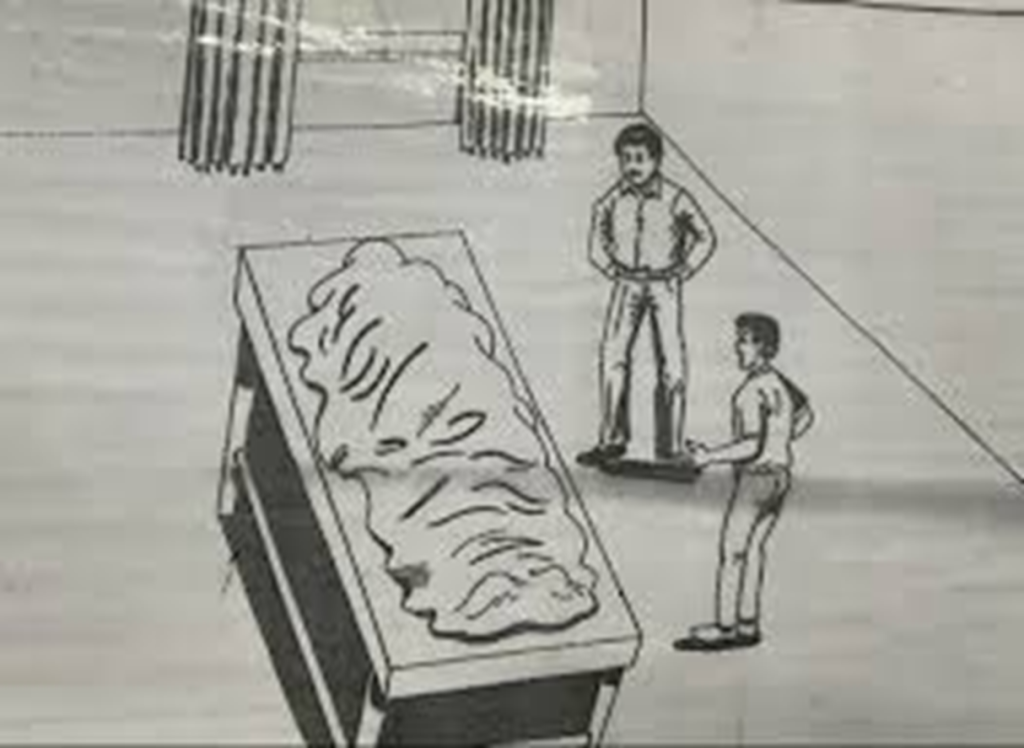
Sample TAT & PPDT Story 1
Amit, a forensic investigator, was assigned to a high-profile murder case. A body was found under mysterious circumstances, and he had to determine the cause of death. Amit, along with a police officer, is inside the morgue, examining a covered body on the table. The officer looks at him for insights while Amit prepares to inspect the evidence. Amit carefully analyzed the body, took samples, and conducted forensic tests. His detailed study helped identify crucial evidence linking the crime to a suspect. With Amit’s report, the police successfully arrested the culprit. His expertise played a vital role in delivering justice, enhancing his reputation in the field.
Sample TAT & PPDT Story 2
Dr. Rajeev, a medical examiner, was responsible for conducting post-mortem examinations to determine causes of death. One day, he was called for an urgent case where a suspicious death had occurred. Dr. Rajeev stands with a police officer and a junior medical assistant in the autopsy room. The body on the table is covered, and he is about to begin the examination. Dr. Rajeev conducted a thorough autopsy, documenting all necessary findings. He collaborated with forensic experts and prepared a detailed report for legal proceedings. His accurate medical report helped solve the case, and his professionalism was acknowledged by the authorities. His dedication strengthened his reputation as a reliable forensic expert.
Sample TAT & PPDT Story 3
Rahul, a young man, had been searching for his missing brother for weeks. The police found an unidentified body and called Rahul to confirm whether it was his brother. Rahul, standing with a police officer, looks anxiously at the covered body. The officer is prepared to reveal the body for identification. With courage, Rahul identified the body. It was his brother. He cooperated with the police in gathering information and ensuring justice was served for any foul play involved. The police launched a full investigation, leading to the arrest of those responsible for his brother’s disappearance. Rahul ensured his family received closure and justice.
Sample TAT & PPDT Story 4
Suresh, a final-year medical student, was attending his first forensic science class. He had always been interested in pathology and wanted to specialize in forensic medicine. Suresh, along with his professor, stands in the autopsy room, ready to observe a post-mortem. His professor explains the details while he listens attentively. Suresh carefully observed the procedure, noted important aspects, and asked relevant questions. He later studied further to deepen his understanding of forensic pathology. Inspired by his learning experience, Suresh pursued a successful career in forensic medicine, helping law enforcement in criminal investigations.
Sample TAT & PPDT Story 5
Dr. Mehta, a forensic scientist, had been researching advanced methods for identifying causes of death in criminal cases. One day, he was called to assist in a complex case requiring his expertise. Dr. Mehta stands beside a police officer, analyzing a body in the forensic lab. He is about to perform a detailed forensic examination. Using advanced techniques like DNA analysis and toxicology reports, Dr. Mehta discovered crucial evidence pointing to the use of a rare poison. His findings helped crack the case, and his innovative approach was recognized in the forensic science community, leading to advancements in crime investigations.
